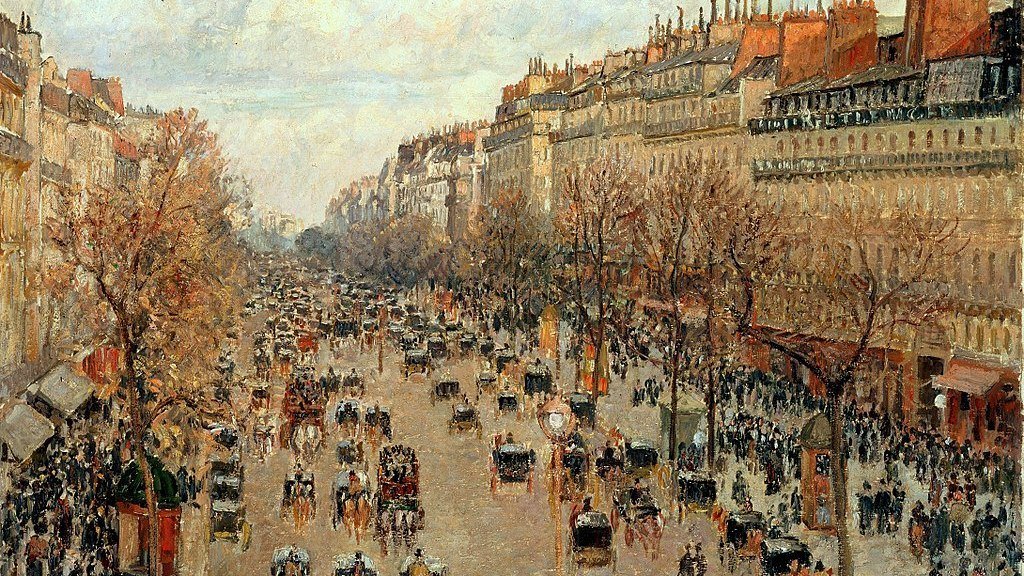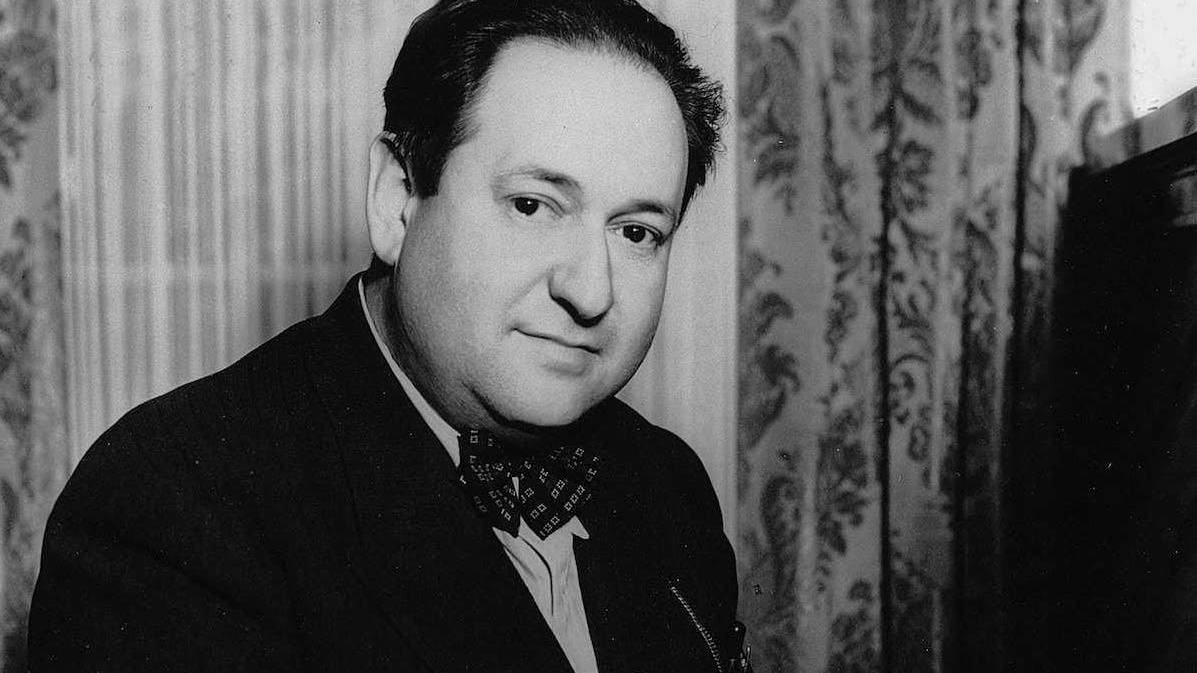Late Beethoven Revelations: String Quartet No. 12, Op. 127
Completed in February of 1825, String Quartet No. 12 in E-Flat Major, Op. 127 is the first of Beethoven’s late quartets. These are the strange, mysterious, and revelatory works which emerged in the final three years of the composer’s life, following the completion of the Missa Solemnis and the Ninth Symphony. They seem to leave behind all that came before, opening the door to music which transcends style and time period. These six …







